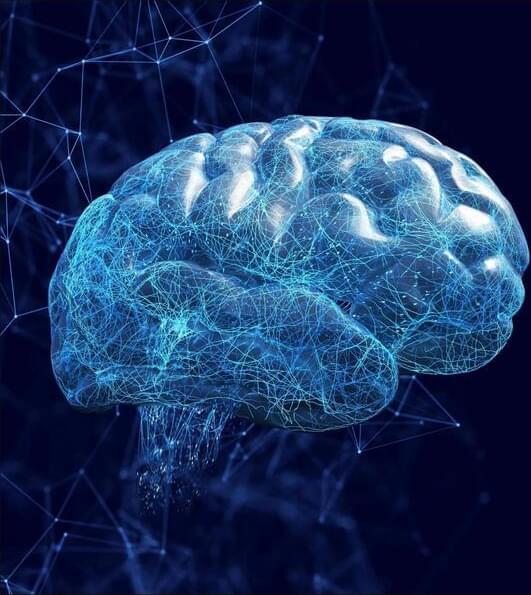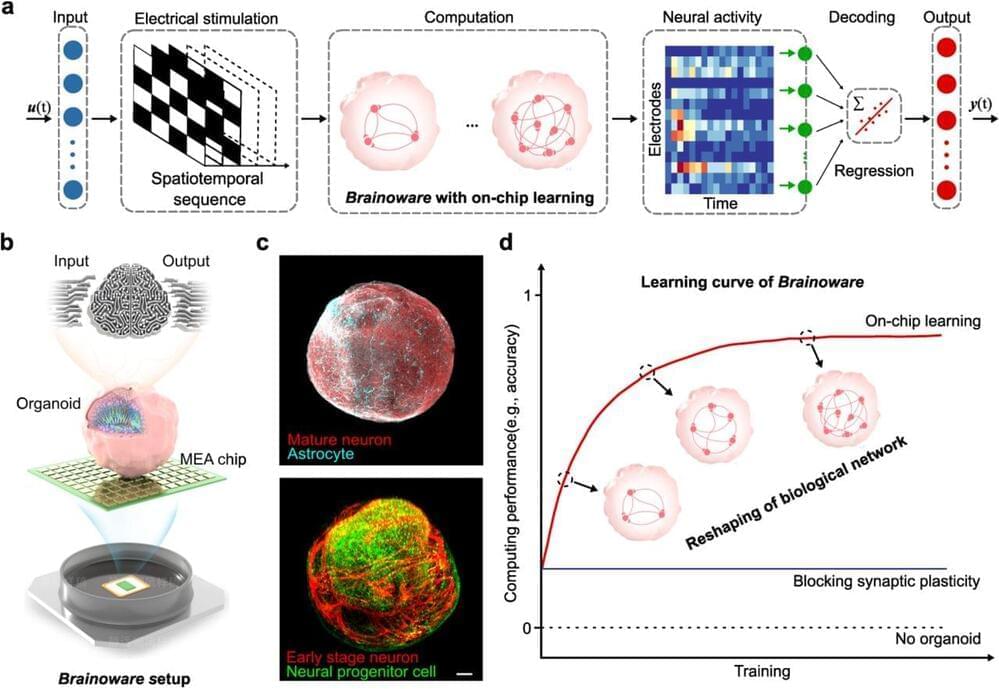Study: AI “incest” may cause model collapse for tools like ChatGPT, Microsoft Copilot.
It’s like Game of Thrones, but for artificial intelligence large language models.

The technology not only aids in robot survival, it enables dynamic shape-change.

Geneformer is a recently introduced and powerful AI model that learns gene network dynamics and interactions using transfer learning from vast single-cell transcriptome data. This tool enables researchers to make accurate predictions about gene behavior and disease mechanisms even with limited data, accelerating drug target discovery and advancing understanding of complex genetic networks in various biological contexts.
Developed by researchers at the Broad Institute of MIT and Harvard and their collaborators, the AI model Geneformer uses the highest-expressed genes in sc-RNA expression data to generate a dense representation of each cell, which can be used as features for various downstream predictive tasks. What makes Geneformer unique, however, are the capabilities its architecture enables, even when trained on very little data.
Geneformer has a BERT-like transformer architecture and was pre-trained on data from about 30M single-cell transcriptomes across various human tissues. Its attention mechanism enables it to focus on the most relevant parts of the input data. With this context-aware approach, the model can make predictions by considering relationships and dependencies between genes.

Replicating these processes in AI systems is a significant challenge. One of the most exciting applications is in this field. Leveraging OI can help in training AI models more effectively. The dynamic neural networks in organoids can serve as a blueprint for creating more human-like AI systems.
The development of AI-enabled organoids is a promising field that combines AI with organoids to create more precise models of human organ functionality and diseases. This convergence could revolutionize drug discovery, disease diagnosis and the development of advanced treatments. AI helps organoids by guiding them through three crucial dimensions:
1. Hybrid Intelligence: A potential future scenario involves merging OI with traditional AI systems. This fusion could result in a new era of “hybrid intelligence” that combines the analytical power of AI with the nuanced understanding of human-like cognition.

Artificial intelligence (AI) isn’t just performing with high accuracy; for the first time, new research suggests that it is “thinking” very much like humans.
Work on AI models has long focused on the scale of tasks or accuracy, but a group of researchers is looking more closely at how AI makes decisions. By developing a process more similar to the human mind, troubling tendencies for AI “hallucinations” may be mitigated.

Consciousness is a heavy quest that has puzzled philosophers for over two thousand years. Because of its subjectivity and elusiveness, it was not a subject for scientific study until recent decades. With the unprecedented advances of artificial intelligence (AI), in particular, the remarkable performance of large language models (LLM), understanding consciousness becomes pragmatic and pressing beyond the philosophical and academic debates — how can we tell if ChatGPT has consciousness, and how can humankind be prepared if “artificial” consciousness arises in the foreseeable future?
For the last three decades, neuroscientists have made initial strides in theorizing the inner workings of consciousness in human brains based on vast experimental data, as triggered primarily by two factors.
First, the advances in scientific methods have empowered scientists to study the activities of neural cell assemblies in awake-behaving primates and humans. These techniques include brain imaging technologies, neurophysiological recording of hundreds of neurons simultaneously, and neural network modeling propelled by AI.

Beyond the hype surrounding artificial intelligence (AI) in the enterprise lies the next step—artificial consciousness. The first piece in this practical AI innovation series outlined the requirements for this technology, which delved deeply into compute power—the core capability necessary to enable artificial consciousness. This piece looks at the control and storage technologies and requirements that are not only necessary for enterprise AI deployment but also essential to achieve the state of artificial consciousness.
Controlling unprecedented compute power
While artificial consciousness is impossible without a dramatic rise in compute capacity, that is only part of the challenge. Organizations must harness that compute power with the proper control plane nodes—the familiar backbone of the high availability server clusters necessary to deliver that power. This is essential for managing and orchestrating complex computing environments efficiently.

The American public intellectual and creator of the television series Closer to Truth, Robert Lawrence Kuhn has written perhaps the most comprehensive article on the landscape of theories of consciousness in recent memory. In this review of the consciousness landscape, Ãlex Gómez-MarÃn celebrates Robert Kuhn s rejection of the monopoly of materialism and uncovers the radical implications of these new accounts of consciousness for meaning, artificial intelligence, and human immortality.
The scientific study of consciousness was not sanctioned by the mainstream until the nineties. Let us not forget that science stands on the shoulders of giants but also on the three-legged stool of data, theory, and socio-political wants. Thirty years later, the field has grown into a vibrant milieu of approaches blessed and burdened by covert assumptions, contradictory results, and conflicting implications. If the study of behaviour and cognition has become the Urban East, consciousness studies are the current Wild West of science and philosophy.

Brain-inspired hardware emulates the structure and working principles of a biological brain and may address the hardware bottleneck for fast-growing artificial intelligence (AI). Current brain-inspired silicon chips are promising but still limit their power to fully mimic brain function for AI computing. Here, we develop Brainoware, living AI hardware that harnesses the computation power of 3D biological neural networks in a brain organoid. Brain-like 3D in vitro cultures compute by receiving and sending information via a multielectrode array. Applying spatiotemporal electrical stimulation, this approach not only exhibits nonlinear dynamics and fading memory properties but also learns from training data. Further experiments demonstrate real-world applications in solving non-linear equations. This approach may provide new insights into AI hardware.
Artificial intelligence (AI) is reshaping the future of human life across various real-world fields such as industry, medicine, society, and education1. The remarkable success of AI has been largely driven by the rise of artificial neural networks (ANNs), which process vast numbers of real-world datasets (big data) using silicon computing chips 2, 3. However, current AI hardware keeps AI from reaching its full potential since training ANNs on current computing hardware produces massive heat and is heavily time-consuming and energy-consuming 4– 6, significantly limiting the scale, speed, and efficiency of ANNs. Moreover, current AI hardware is approaching its theoretical limit and dramatically decreasing its development no longer following ‘Moore’s law’7, 8, and facing challenges stemming from the physical separation of data from data-processing units known as the ‘von Neumann bottleneck’9, 10. Thus, AI needs a hardware revolution8, 11.
A breakthrough in AI hardware may be inspired by the structure and function of a human brain, which has a remarkably efficient ability, known as natural intelligence (NI), to process and learn from spatiotemporal information. For example, a human brain forms a 3D living complex biological network of about 200 billion cells linked to one another via hundreds of trillions of nanometer-sized synapses12, 13. Their high efficiency renders a human brain to be ideal hardware for AI. Indeed, a typical human brain expands a power of about 20 watts, while current AI hardware consumes about 8 million watts to drive a comparative ANN6. Moreover, the human brain could effectively process and learn information from noisy data with minimal training cost by neuronal plasticity and neurogenesis,14, 15 avoiding the huge energy consumption in doing the same job by current high precision computing approaches12, 13.